Bitcoin’s rise was expected as the network’s hash rate grows. It is a leading indicator. If the cost of mining is going up, it means that someone has decided to invest in bitcoin mining. We are talking about a large U.S. miner called TeraWulf, which is connected to a nuclear power plant in Pennsylvania. The cost of electricity there is 2 cents per kWh. That’s very cheap for America, where the average price is 9 cents per kWh… They are now mining bitcoins and hoarding them. They’re doing it because halving is coming. They will raise the price to match the halving.
The TeraWulf connection to the NPP shows that the “big” people are investing in mining and betting on bitcoin growth. The bitcoin they get now will be at two bits after halving. That is, you have to mine bits now, because it will be harder to do so after the halving.
So “cryptowinter” (a period of long decline in the cryptocurrency market – ed. note) ends, bitcoin growth begins. Its rate goes to new heights. As practice shows, it usually rewrites the historical maximum.
Thus, there is an indicator – the difficulty of mining is growing, someone is accumulating bitcoins. And there is a reason – future halving, under which this process goes.
According to experts, after a period of consolidation, a “break” of the mark of $29 thousand per coin “opens the way to $35-40 thousand per coin.






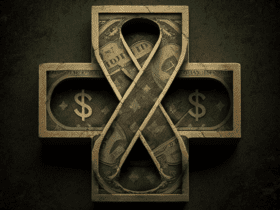



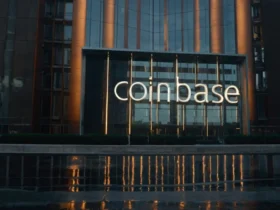
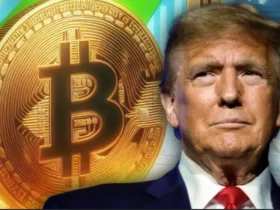
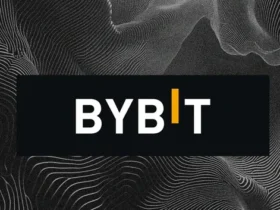



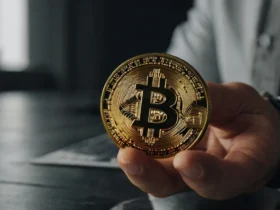
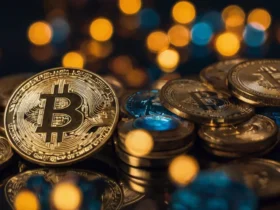





Leave a Reply